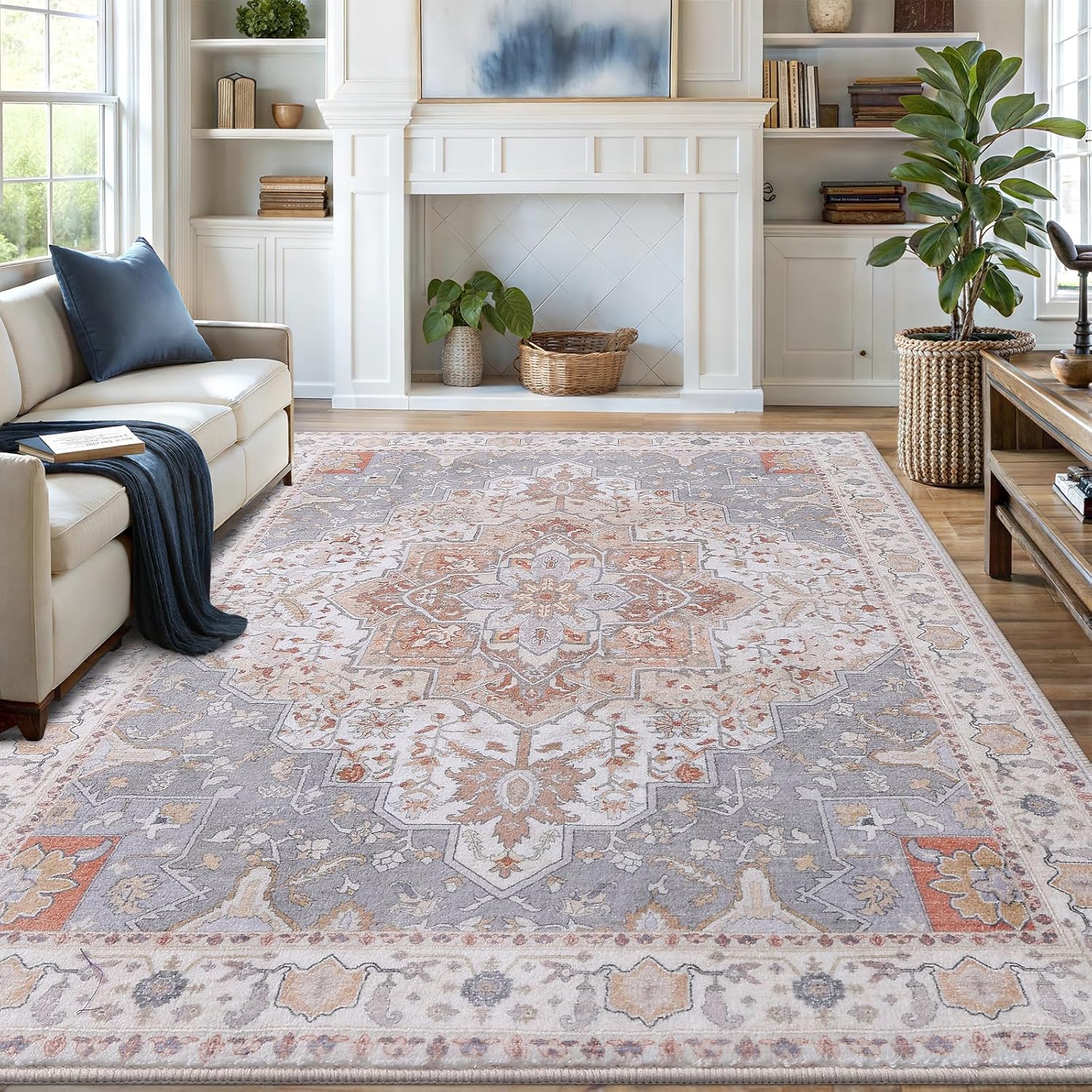To remove unpleasant odors when mopping, mix equal parts vinegar and water in a bucket and use it to mop floors for a fresh, clean scent.
Vinegar is a powerful, natural solution for eliminating stubborn odors from floors. Its acidic properties break down odor-causing bacteria while leaving surfaces fresh and clean. This guide covers everything from proper vinegar dilution ratios to specialized techniques for different flooring types.

Why Vinegar Works for Odor Removal
White distilled vinegar contains 5-8% acetic acid, which:
- Neutralizes alkaline-based odors (pet urine, food spills)
- Kills 82% of mold species and 99% of bacteria (source: NIH study)
- Breaks down organic residue that traps smells
The Science Behind Vinegar’s Power
When vinegar’s acetic acid molecules encounter odor compounds, they:
- Disrupt bacterial cell membranes
- Alter pH levels to make environments inhospitable for microbes
- Bind with odor molecules to neutralize them chemically

Proper Vinegar Solutions for Mopping
| Floor Type | Vinegar:Water Ratio | Additives |
|---|---|---|
| Tile/Grout | 1:1 | 5 drops lemon essential oil |
| Hardwood | 1:4 | 1 tbsp olive oil |
| Laminate | 1:3 | None |
| Concrete | 1:1 | 1/4 cup baking soda |
For tile floors with grout, the stronger solution helps penetrate porous surfaces where odors linger.
Pro Tip for Tough Odors
Pre-treat problem areas with full-strength vinegar for 10 minutes before mopping. This works especially well for pet feeding zones where food odors accumulate.
Step-by-Step Vinegar Mopping Process
Preparation
- Sweep or vacuum thoroughly
- Spot-clean visible stains
- Open windows for ventilation
Mopping Technique
- Use a microfiber mop for best absorption
- Change water when it appears cloudy
- Work in 3×3 foot sections
- Rinse with clean water if needed
Special Situations
For Pet Accidents
Combine vinegar with enzymatic cleaners for urine odors. The vinegar neutralizes ammonia while enzymes break down uric acid crystals.
After Illness
Add 10 drops tea tree oil per gallon for extra disinfecting power. Studies show this combination reduces surface viruses by 99.9% (source: Journal of Applied Microbiology).
Musty Basements
Use warm vinegar solution (120°F) to help evaporate trapped moisture causing mildew smells.
Maintenance Tips
- Mop high-traffic areas twice weekly
- Refresh with vinegar spray between deep cleans
- Always dry floors completely to prevent new odors
For persistent odors in specific materials, check our guide on deep cleaning rental properties.

